When we think of countries that have dangerous animal species, we usually look to far-off lands. We don’t think that there might be some of the world’s most dangerous animals in our backyards but it’s true. North America is home to some amazing and very threatening species. And here are just a few that should not be taken lightly. Meeting one of these in the wrong situation could send shivers down a spine. While meeting them in others could be deadly.
Scorpions Have a Sting in Their Tail.
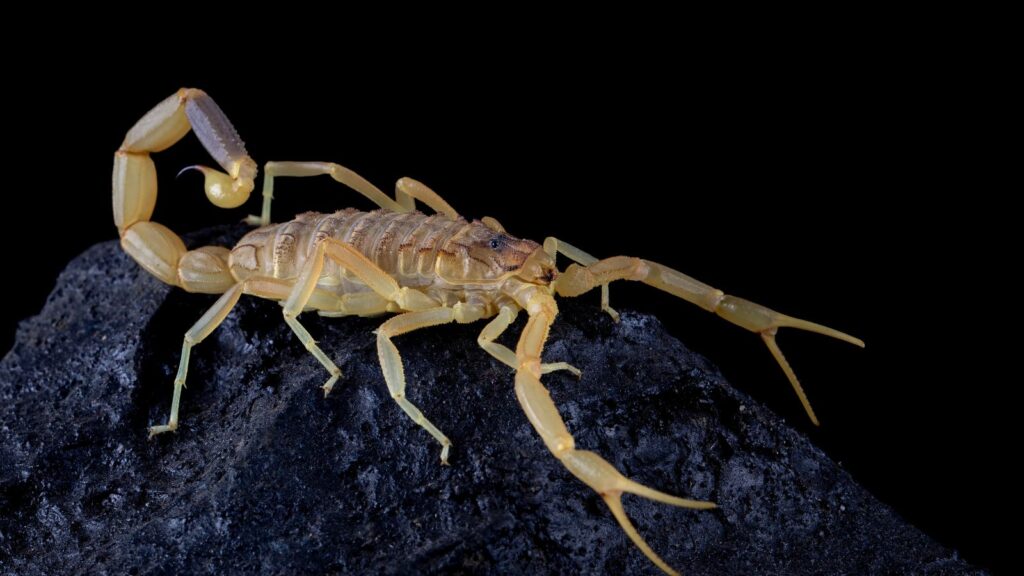
Looking at a scorpion you can see why they have such a scary reputation. And that reputation is more than warranted when you take into account that sting in the tail. There are nearly 100 species of these armor-plated cousins of the spider in North America alone. Most of which are found in the dry southwest. Some, like the American Black Scorpion, carry a high level of fatal venom that can kill if left untreated.
American Bison
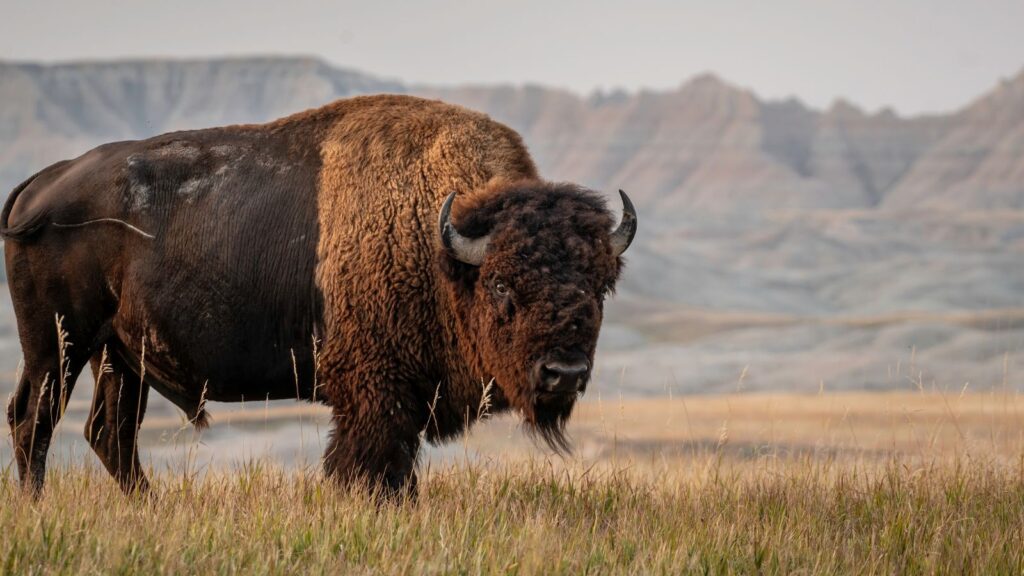
Don’t let the calm and peaceful looks of the North American Bison fool you. These behemoths are amongst the more dangerous animals in the North American National Parks. While the bears that you will be looking out for usually stay away from humans, the Bison is a very territorial and aggressive animal. Steer clear as best you can.
Rattlesnakes Rattle for a Reason
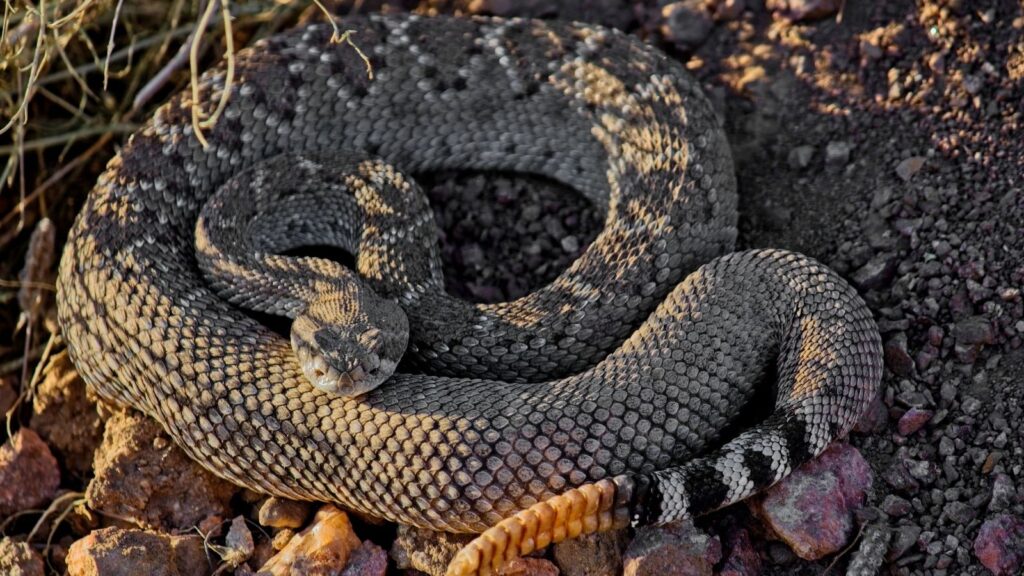
Of the many species of snakes found in Northern America, there is one that strikes fear into all who come across it. The rattling tail of the North American Rattlesnake is a warning that should be heeded. The largest of its species is the Eastern Diamondback Rattlesnake found in the Southeastern states. The heaviest known venomous snake. One specimen found in 1946 was a full 2.4 meters. They are known to carry venom from the moment they hatch.
The Infamous Black Widow Spider
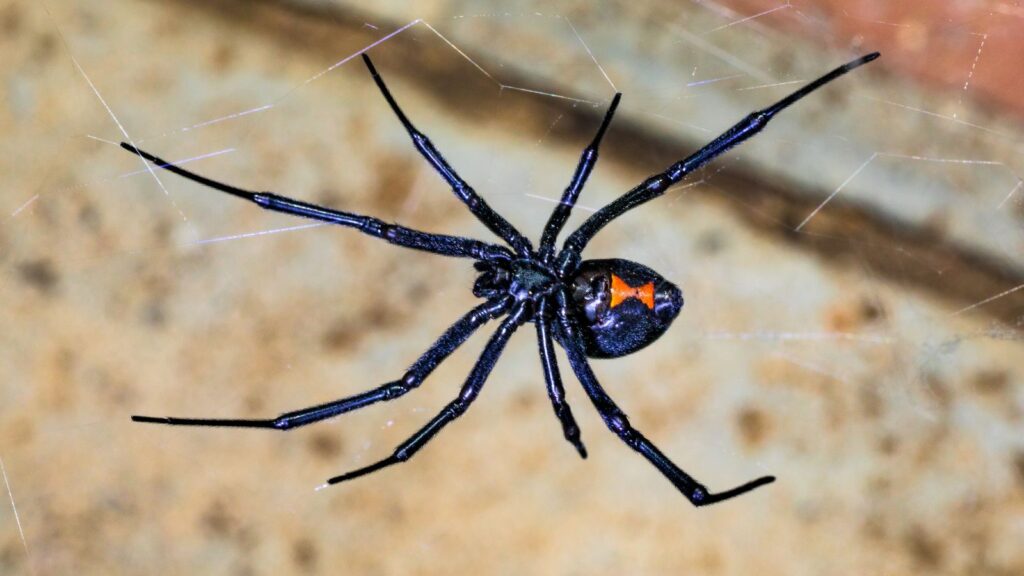
This spider surely needs no introduction at all as it is one of the most dangerous spiders on Earth. You can tell a Black Widow Spider from its hourglass-like shape and the red markings on its otherwise black body. The female black widow is larger than the male and carries a highly effective venom containing a neurotoxin that in up to 12% of cases can be fatal.
Brown Recluse Spider’s Necrotic Bite
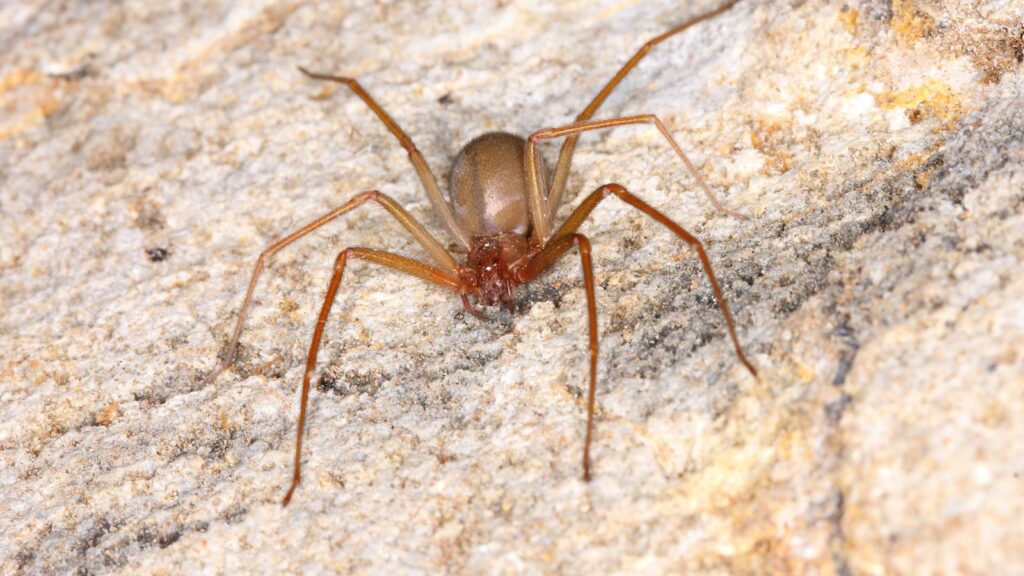
Another spider found in Northern America is the Brown Recluse Spider. It is the most widespread of all the Brown spiders in the US and can mainly be found in the southern and central states of America. This spider has an unusual additive to its venom, meaning when it bites it releases a necrotic toxin that breaks down blood cells and causes the affected area to suffer rotting skin lesions.
The Deadly Pit Viper
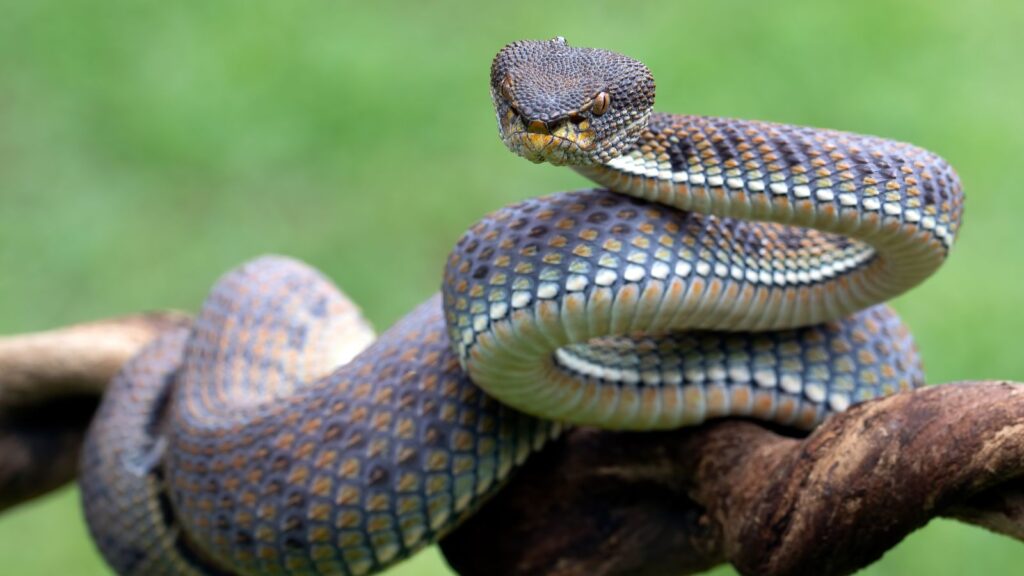
Apart from lending its name to the famous American muscle car, Vipers are a dangerous species of snake. The Pit Viper especially. Named after the organ between their eyes and nostrils (the pit organ) which they use to sense heat signatures when they hunt. These deadly creatures should be avoided at all costs as they carry a fatal venom released by large fangs as they bite.
The Big Grizzly
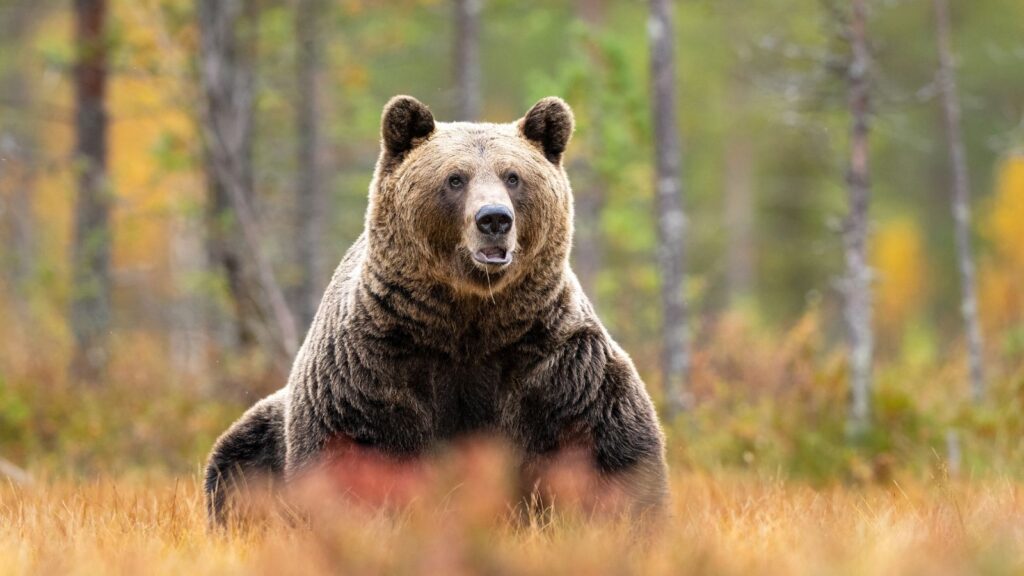
Try not to think of the Jungle Book’s Baloo when you think about these massive creatures. You will find the North American Grizzly Bear a less cuddly spectacle. The largest of the American bear species, the Grizzly is pound for pound the most powerful land animal on the planet. And they love to sneak up on unsuspecting campers.
Bull Sharks Swim in Fresh and Saltwater
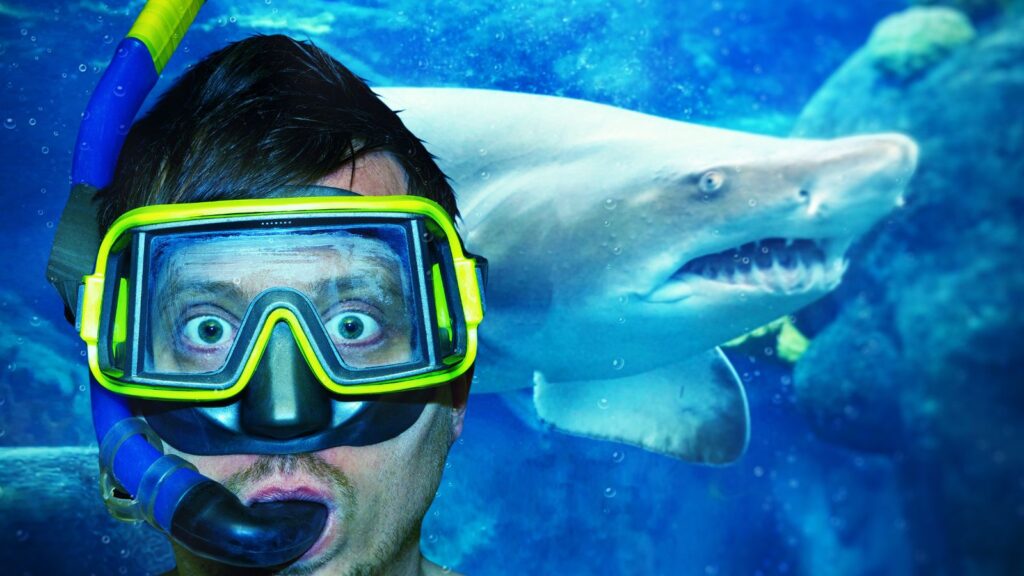
A shark that can move with ease from one type of underwater environment to a completely different one? Sounds unlikely, but the bull shark can do just that. One of the main reasons that these sharks are so deadly is that they like to inhabit the type of waters that humans enjoy swimming in. They are mainly found off the east coast.
North American Alligators
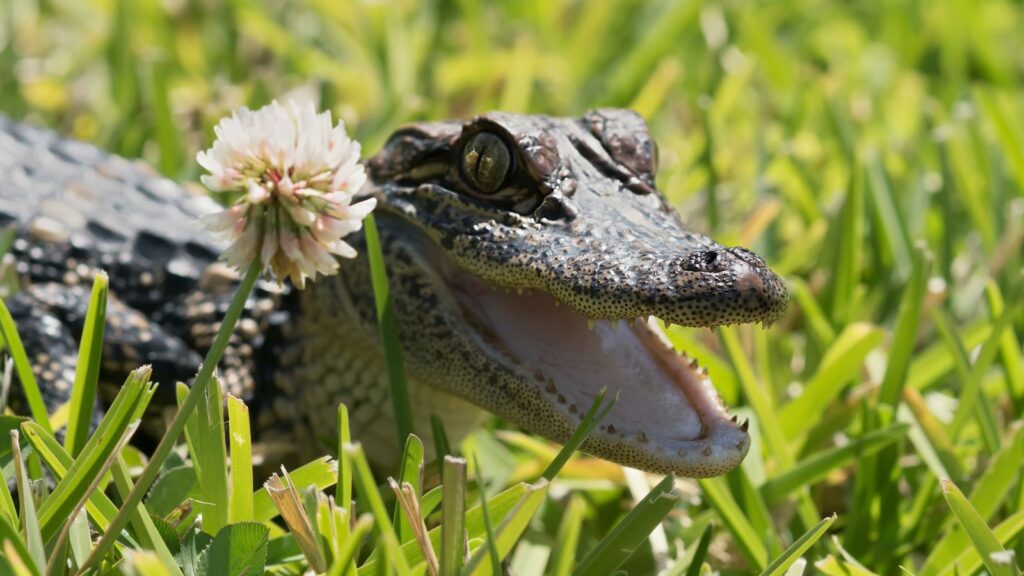
Lurking in a swamp, lake or river near you is a true-to-life prehistoric killing machine. The North American Alligator is a fast-running predatory reptile from eras gone by. At least their eyes glow in the dark so you can see them coming.
The Cougar
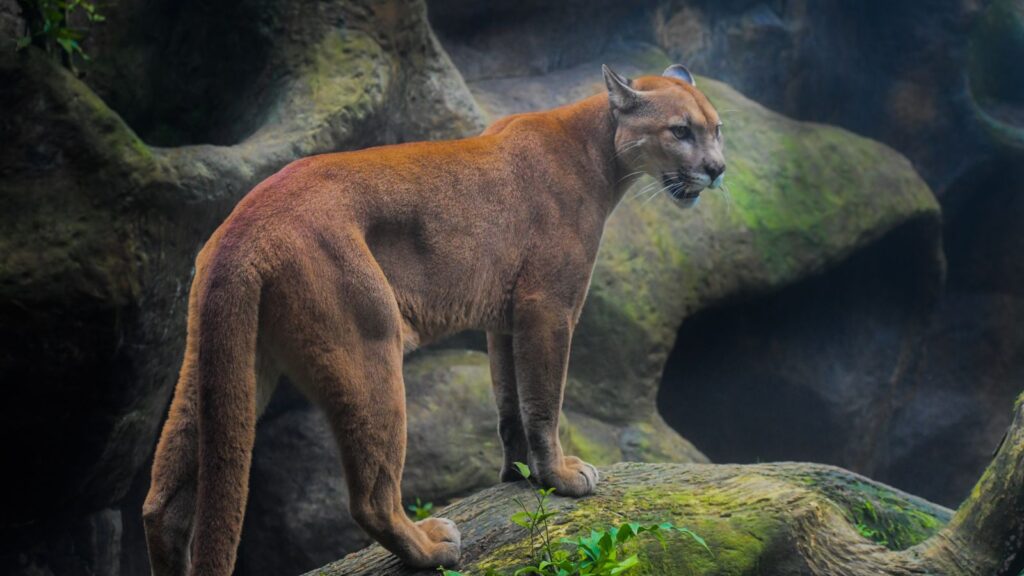
Number four on the list of the world’s largest wildcats, the cougar is not one to mess with. Known to hunt at night and cover vast territory when on the prowl for food, these are the most widely distributed land mammals in the Western Hemisphere. And keep a close watch out as they are a voracious ambush predator.
Great White Sharks
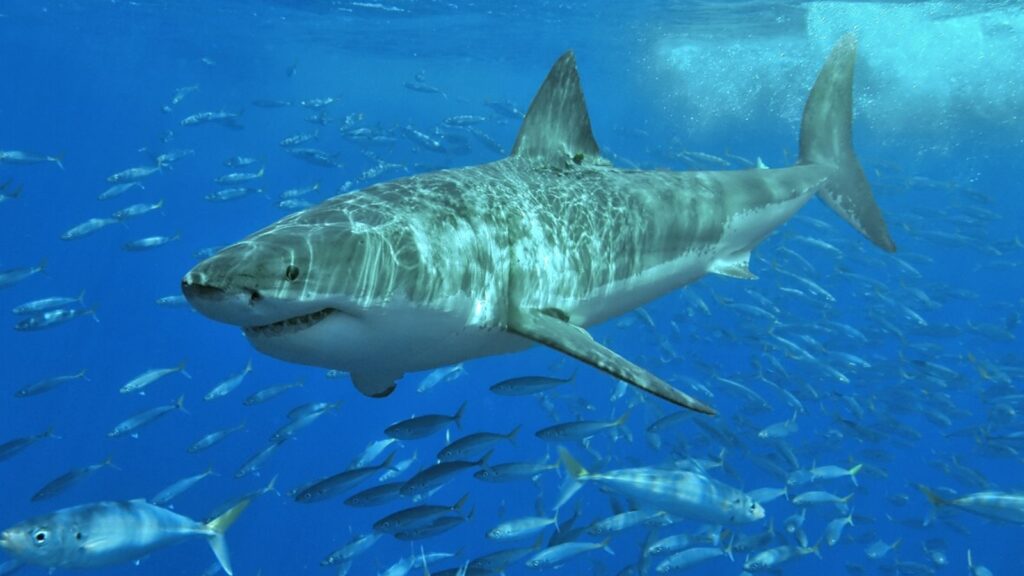
Made famous by the movie “Jaws” back in the mid-70s, the great white is the ocean’s most feared apex predator. These large sea creatures have a blue and brown mottled body with a signature white underside giving them their name. They can be found both on the southeastern and eastern shores of Northern America.
The Wild Coyote
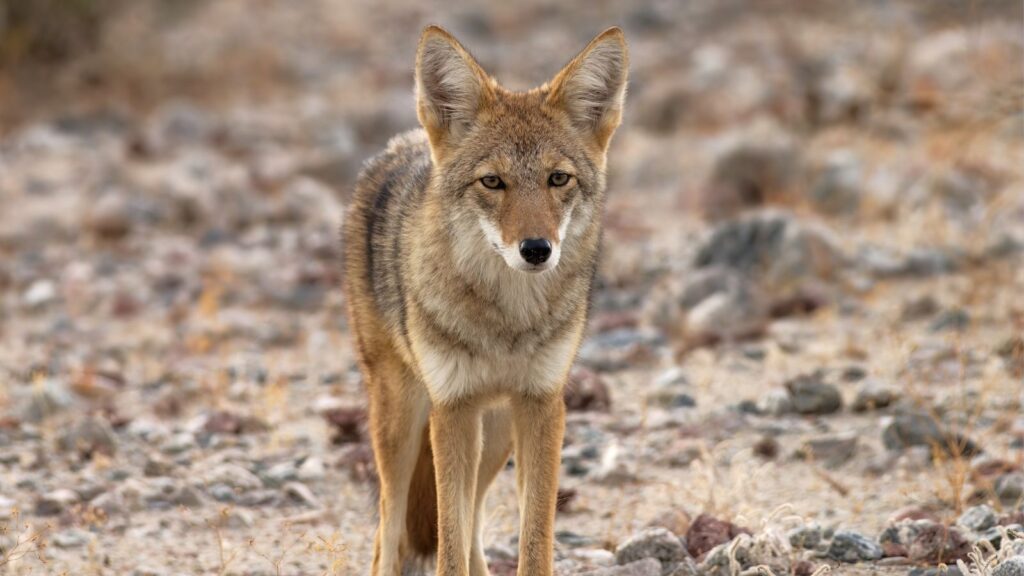
Otherwise known as the American Jackal, or Prairie Wolf, the North American Wild Coyote is not to be taken lightly. These are dangerous and opportunistic hunters that can be very dangerous to children or pets. Attacks on adult humans are less rare but do still happen.
Gray Wolves
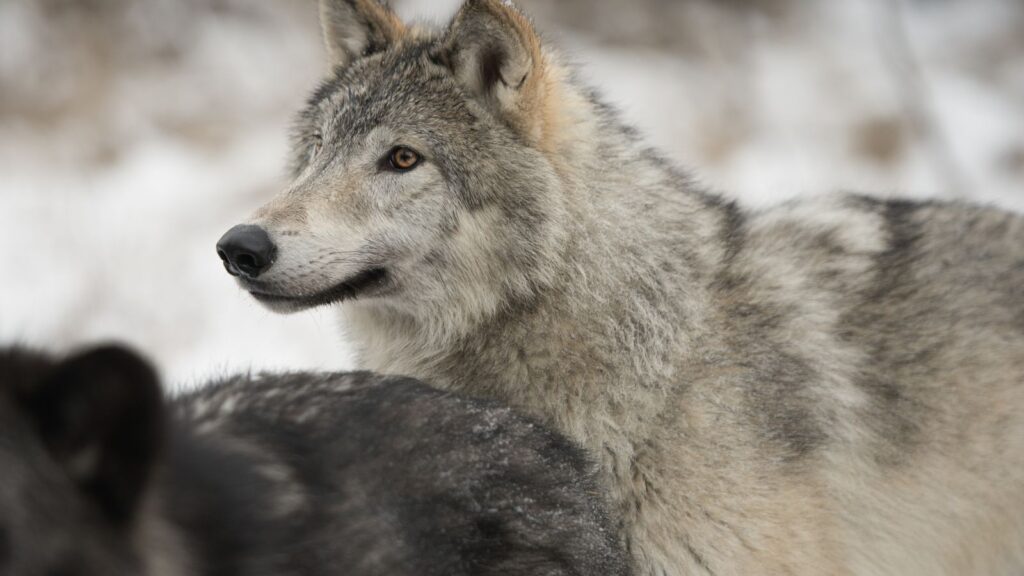
A cousin of the Coyote, the Gray Wolf is much larger. They have acute senses and are equipped with powerful jaws for crunching through bone. These beasts can grow to up to 143 pounds and can run as fast as 60km per hour. They can be found all over Northern America, especially in the Great Lakes and the Rockies. They also hunt in packs, so the wolf you can see will not be the only danger around.
The Fearsome Mountain Lion
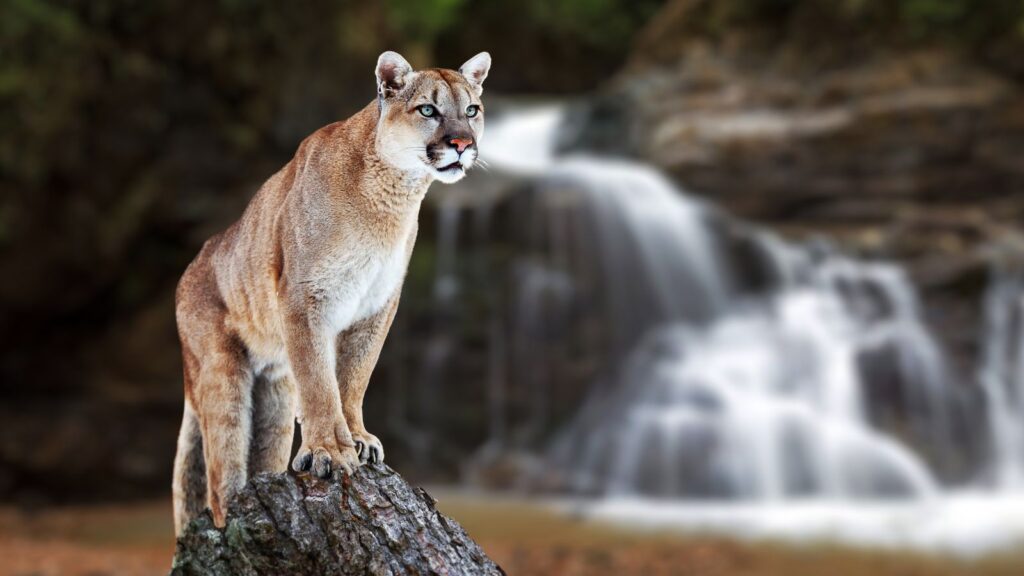
Another big cat that is native to Northern America is the Mountain Lion. These large felines are powerful predators whose primary food source is deer and similar large mammals. While attacks on humans are rare, when they do happen they are often deadly. Adult males can grow to over eight feet long and weigh up to 175 pounds.
Jaguar
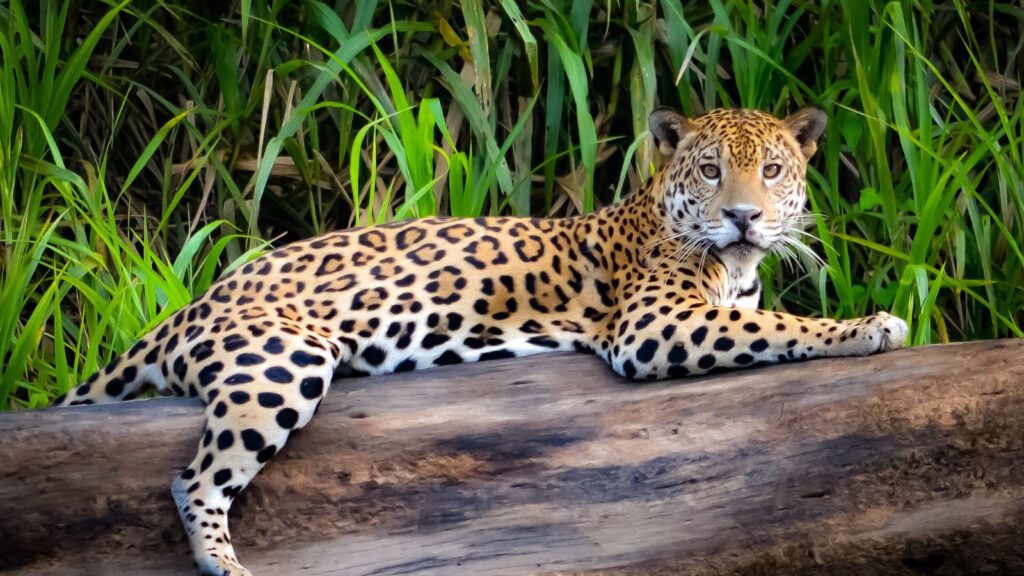
The North American wilds are home to various big cat species. The only one from the Panthera species to live there is the Jaguar. These spotted felines have the fifth most powerful bite in the animal kingdom, and use their 1,500psi bite force to crush the shells of Tortoises and Turtles.
The Mighty Moose
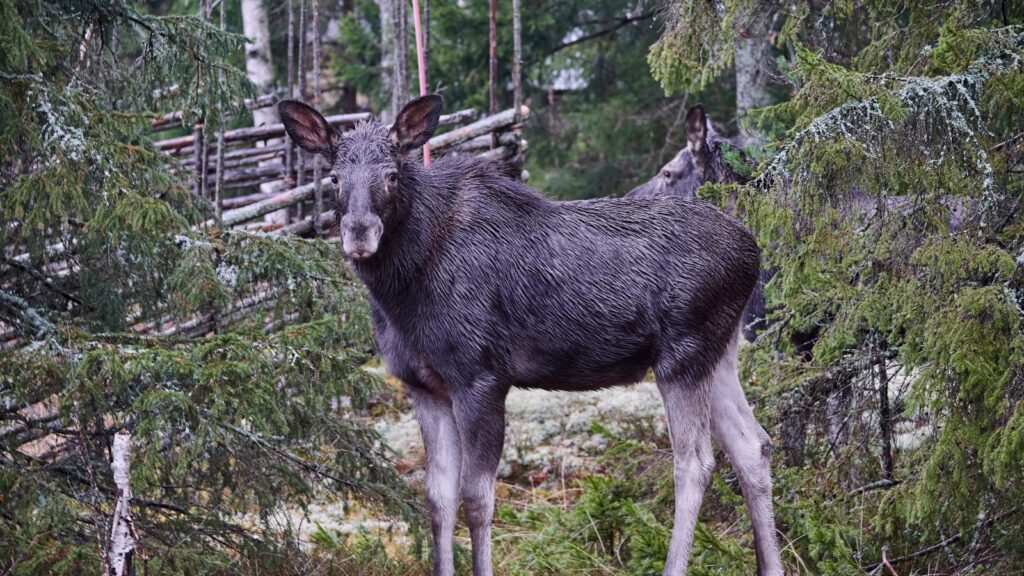
Now these animals may not seem like a real danger when seen wandering the woodland, but don’t be fooled. While they are not usually a direct threat to humans, if stressed out or defending their Young they can be. This large member of the deer family stands at seven feet tall and weighs over 1000 pounds.
Brown Bears
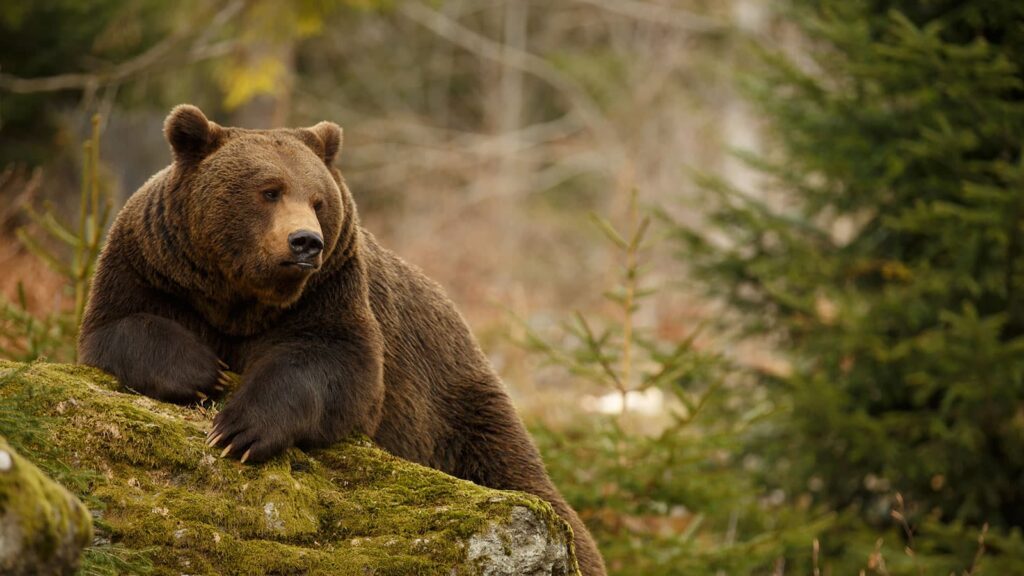
Now these bears may not have the notoriety of their Grizzly cousins, but that does not make them any less dangerous. These are apex predators, and large ones too. The Brown Bear when standing tall can measure 9 feet and weigh in at a scale breaking 1,500 pounds. Over the last 50 years, there have been a reported 70 cases of humans being killed by Brown Bears.
The Hornet
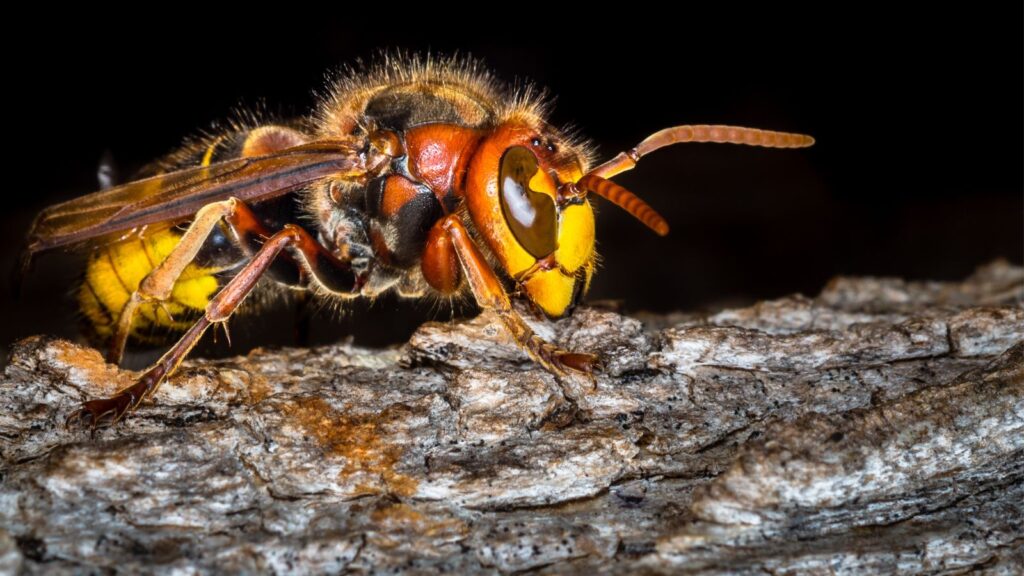
With similar features and characteristics as their smaller relatives, the Hornet is a force to be reckoned with. Known by some as the “Murder Hornet” they can grow to some 5.5 cm in length and have one of the nastiest stings in the bee world. The largest variety was discovered first in Vancouver Canada but has begun to proliferate throughout Northern America.
Danger is All Around
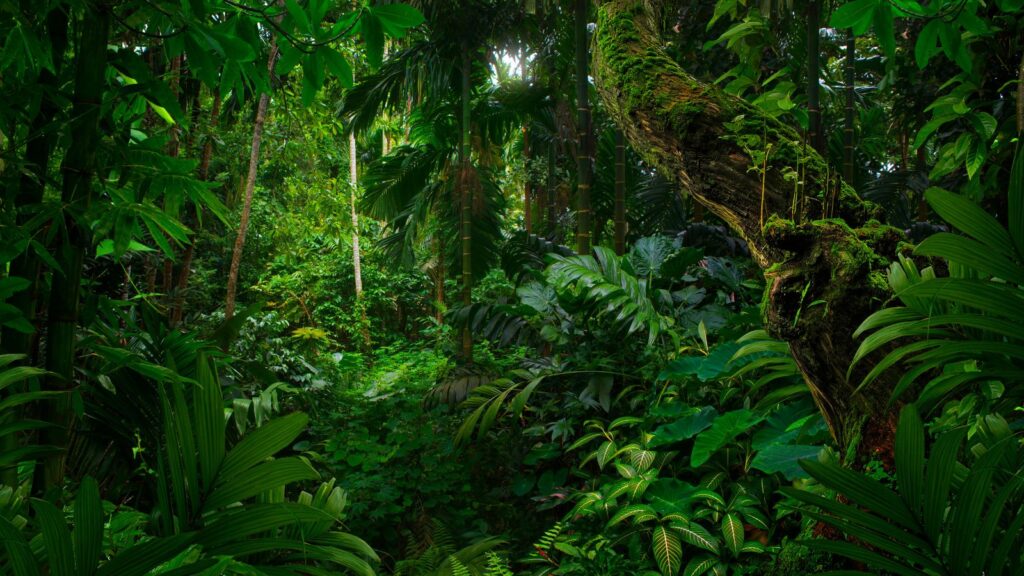
These are only a few of the dangerous species that inhabit Northern America. Each one has a variety of related species types that also live there. So the next time you are out and about somewhere in nature in North America, be sure to remember the dangers that lurk all around you.
19 Grim Realities of Dating After 50 That Are Often Overlooked

19 Grim Realities of Dating After 50 That Are Often Overlooked
26 Things That Will Be Extinct Because Millennials Refuse to Buy Them

26 Things That Will Be Extinct Because Millennials Refuse to Buy Them
24 Outdated Slang Terms You Absolutely Shouldn’t Be Using Anymore

24 Outdated Slang Terms You Absolutely Shouldn’t Be Using Anymore
25 Hardest Parts About Getting Older That No One Ever Talks About

25 Hardest Parts About Getting Older That No One Ever Talks About





